We have also made furniture made of other materials besides logs, including plywood and finger boards, but now we only make plywood using the following materials:E0, E1, and E2 all refer to environmental standards with limited levels of formaldehyde release.E2(≤5.0mg/L)、E1(≤1.5mg/L)、E0(≤0.5mg/L)
E1 is a basic requirement for commercial plywood to meet living conditions. With the increasing demand for products,
Solid wood multi-layer boards plywood are increasingly increasing their environmental protection level to E0.
How to distinguish the quality of plywood, it can be distinguished from the following points:
Firstly, the bonding force is good; Any type of board adhesive force is better, which means that adhesive force is the prerequisite. Firstly, observe whether there are obvious layering phenomena around and whether there are bubbles on the surface. Secondly, by manually pushing and pressing the clamp, do you hear any noise. Of course, if there is a noise, it may not necessarily be due to poor adhesive quality. It may be due to a hollow core or poor material used for the core board, but it all indicates that the quality is not good.
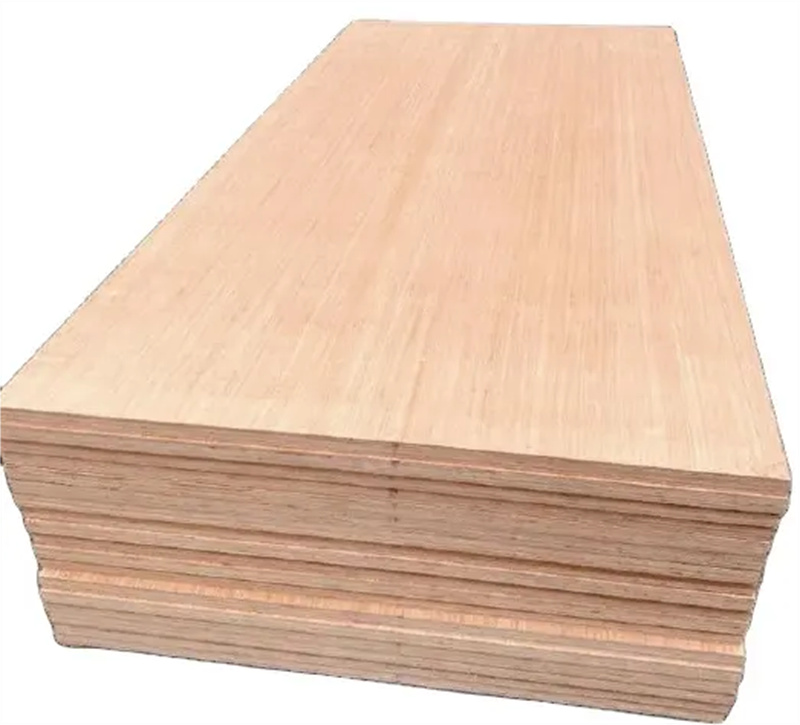
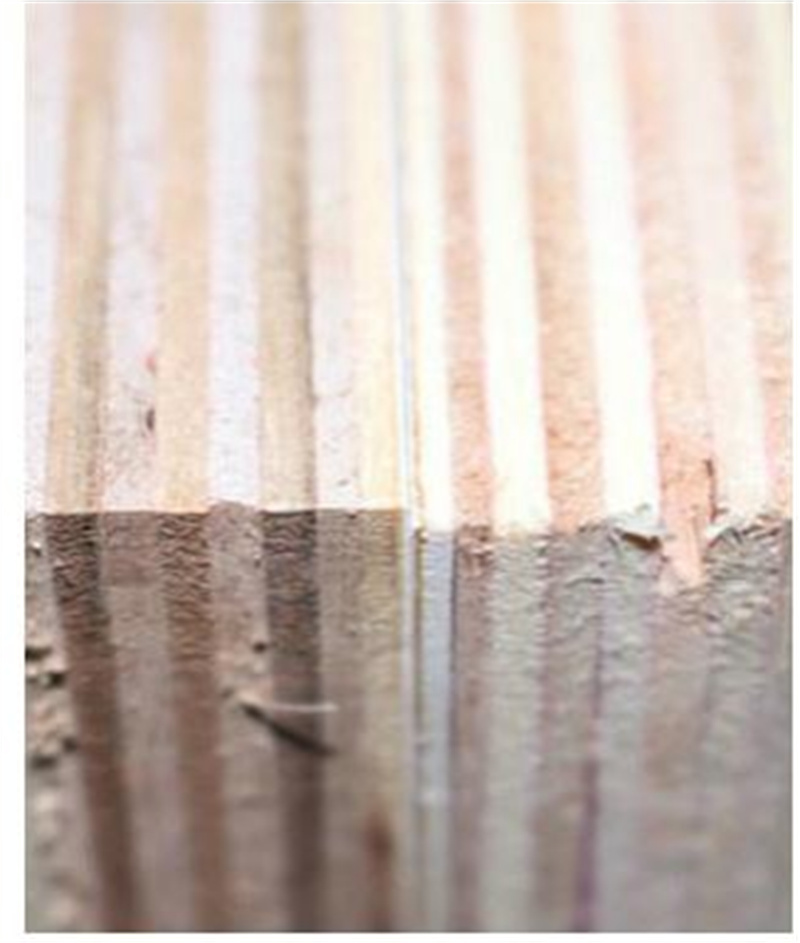
Secondly, the flatness is good; From this point, it can be seen that the internal material of the board is used. When we are looking at a board, we touch it with our hands to feel if there are any unevenness. If there are any, it indicates two points: either the surface is not well sanded, or the core board is made of poor materials, which are relatively fragmented.
Thirdly ,The thicker the board, the easier it is to see. For example, an 18cm multi-layer plywood is made by pressing 11 layers of core board. If each layer is made of whole material, the layers are very clear and there will be no phenomenon of overlapping layers. If the materials are not used well and there are many crushed materials, due to the pressure, the layers will overlap and form surface unevenness.
Fourthly, the good board basically does not deform; The degree of deformation is mainly related to the physical properties of the wood itself, its moisture content, and climate. What we can control is the moisture content. We can also choose wood with less deformation.
Fifth, whether the thickness is within the standard range; Generally speaking, the thickness of good boards is within the range of national standards.
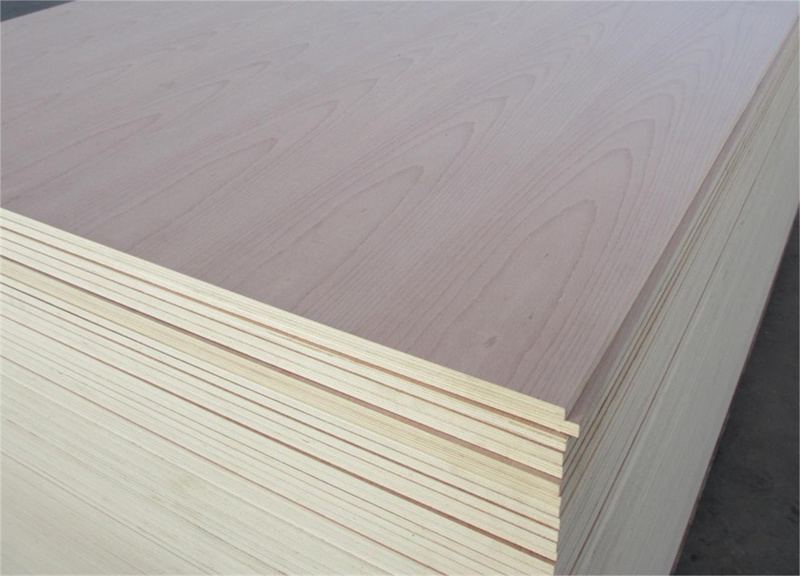
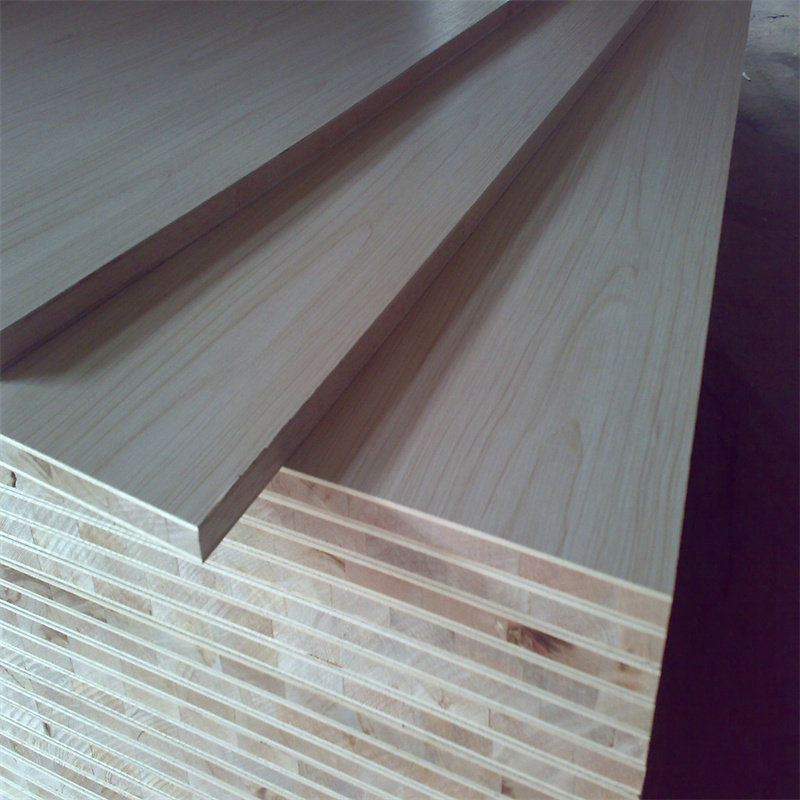
The front of the finger board is the same as that of the multi-layer plywood. Finger board is a board made by splicing the leftover waste after processing raw wood, and multi-layer board is a board that cuts the original wooden board into thin pieces and then sticks them together. The prices of the two are similar, but due to the lack of layering in the finger board, it is more prone to deformation compared to multi-layer plywood.
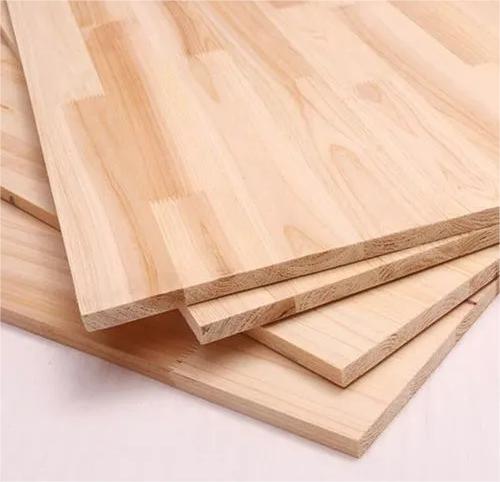
The applicability of finger joint plates is not as extensive as that of multi layer plates. For example, if some elongated components are used with finger joint plates, their load-bearing capacity is not as good as that of multi layer plywood, and they are prone to cracking under a certain degree of external force. Finger boards are generally used to make large door panels and shelves. And these multi-layer plywood can also be made, so we are rarely use finger joint boards now.
Post time: May-29-2023
